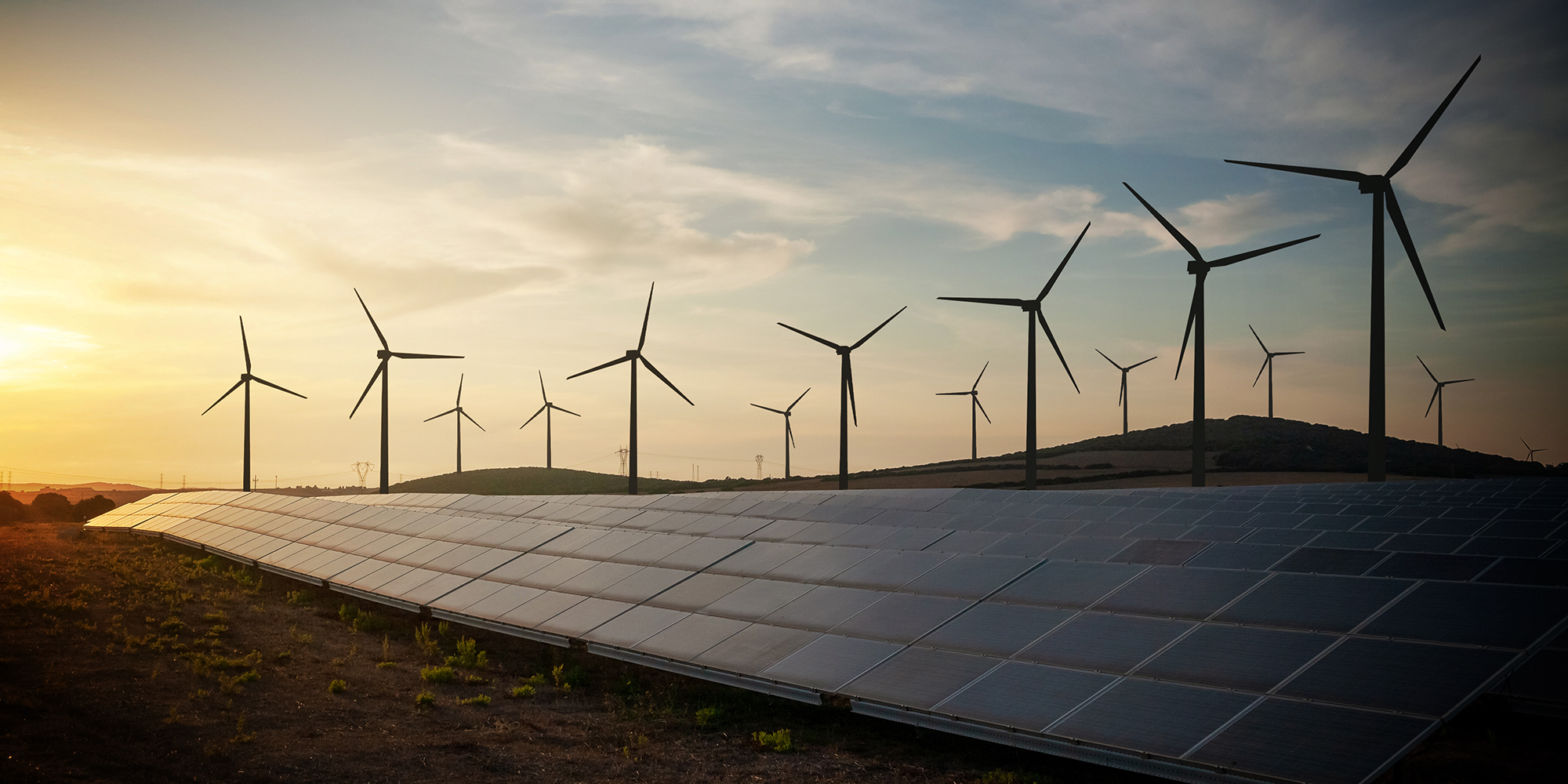Ahead of the COP27 climate crisis talks in Sharm el-Sheikh, Egypt, President Cyril Ramaphosa and the President’s Climate Finance Task Team laid out a five-year plan of how South Africa is to transition from fossil fuel dependence towards greener energy solutions. Below, we answer some key questions about the plan.
What is the Just Energy Transition Investment Plan (JET-IP)?
As South Africa looks to decarbonise in line with the global need to move from polluting fossil fuels, the country is focusing on three key areas that will drive it towards a greener future. The plan is aligned with meeting the country’s Nationally Determined Contributions target range of 350-420 Mt CO2-eq (million tonnes of CO2 equivalent) by 2030.
In a nutshell, the plan focuses on decarbonising and developing three key sectors: electricity, new-energy vehicles and green hydrogen.
The plan will focus on decarbonising the electricity sector through decommissioning plants such as Komati, expanding and strengthening distribution and transmission grids, and increasing renewable energy projects.
Heavily coal-reliant areas such as Mpumalanga have been prioritised in the plan, with R1.3-billion allocated for addressing the transition to renewable energy.
The plan also aims to position South Africa as a leading exporter of green hydrogen, as well as improving port infrastructure to enable the country to do so — R128.1-billion has been set aside to deliver this target.
Crispian Olver, executive director of the Presidential Climate Commission, speaking in his own capacity, told Daily Maverick the plan was well crafted and placed a strong focus on ensuring a just transition.
“[The plan] does focus on the critical issue of unlocking energy on to the grid by investing in grid upgrading; that’s the key bottleneck that we’ve got — the key thing is grid capacity. The second key factor is managing the social and economic implications [of the just transition],” said Olver.
South Africa’s existing motor value chain is earmarked to transition to the manufacture of new-energy vehicles, and in line with a just transition, the employment sector is set to be protected, alongside promoting sustainable manufacturing.
Read more in Daily Maverick: “Funding a greener future — Ramaphosa outlines South Africa’s R1.5-trillion three-step energy transition plan”
How much will the plan cost to implement?
R1.5-trillion is the number that the Presidential Climate Finance Task Team announced for the plan. According to the task team, South Africa is facing a 44% or R700-billion funding gap.
At the ongoing global climate talks at COP27 in Sharm el-Sheikh, Egypt, the country recently secured financing from France and Germany in the form of concessional loans to the amount of €600-million to further the country’s just transition plans.
Read more in Daily Maverick: “SA secures R10.7-billion loan from European nations for focus on cleaner energy sources”
Who are the partners involved in financing the plan?
South Africa became a pioneer for developing countries when it secured $8.5-billion in mixed funding at last year’s COP26. The funding came from the International Partners Group (IPG), chaired by the UK, and including France, Germany, the European Union, the UK and the US.
Read more in Daily Maverick: “South Africa secures ‘watershed’ finance deal to reduce coal reliance”
According to the JET-IP document, South Africa plans to mobilise the 44% funding gap from various sources including the IPG, several countries, multilateral development banks such as the World Bank and International Monetary Fund, development finance institutions, the private sector, philanthropists and government.
Does South Africa have the capacity to implement the JET-IP?
Governance and accountability aren’t known to be South Africa’s strongest suits, and with such an ambitious plan that requires grand amounts of money, there is no question that there are doubts about how the country will successfully pull this off.
The plan states that the JET-IP is the first step of the journey to decarbonising, with implementation and execution set as the next critical steps. Assessing capability and institutional needs have been prioritised, alongside monitoring and evaluation.
“Implementation capacity is an issue. It’s correct to be asking if we have the institutional ability to deliver this plan, and if we don’t, how do we? That is something we have to focus on,” said Olver.
Joanne Yawitch, the head of the JET-IP secretariat, told Daily Maverick: “Implementation is something that is still coming. The plan stops at saying, ‘Here’s a plan; now we have to work out how to implement it’, so that is the next phase: putting down the implementation modalities.”
Is this the final plan?
In announcing the JET-IP on Friday at a special virtual meeting, President Cyril Ramaphosa said the plan was being put out for public commentary, adding that contributions aimed at improving the plan from different stakeholders were welcome.
The President added that there would be ongoing discussions and public engagement to further strengthen the plan, though few details of how this would play out were mentioned.
Criticisms of the JET-IP
Thomas Mnguni, a coal campaigner for the environmental justice group groundWork, said: “The plan does not yet reflect the priorities of local people directly affected by the transition. Inputs from communities living next to closed oil refineries and coal-fired power stations and mines, including workers and ex-workers, can enrich the investment plan with critical local knowledge.”
Olver added that there had been much criticism of green hydrogen, but that he believed it would be difficult to navigate the just transition without the fuel.
“Some people have [also] questioned the emphasis that’s been placed on electric vehicles as opposed to public transport, but the reality is that the jobs are in the auto sector, and what we’re wanting to do is preserve that sector,” said Olver. DM/OBP





